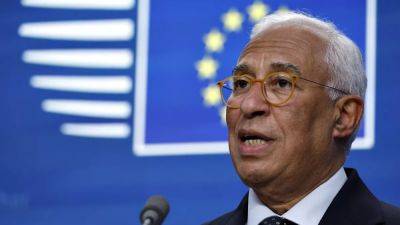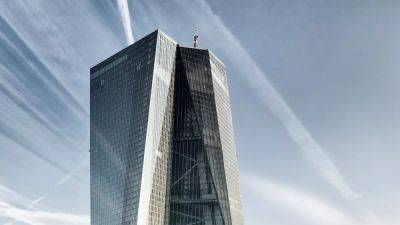Trump tariffs leave Ukraine's weakened steel industry further exposed
The steel mill in a partially occupied region of Ukraine is a dystopian maze of flames, chutes and tentacled pipes, vast enough to be a small city. Thunderous blazes of sparks flash above the open furnaces where workers smelt iron ore into streams of molten metal day and night.
The Zaporizhstal Iron and Steelworks, one of Ukraine’s largest steel plants, lies in the country’s industrial east, where Russia's 3-year invasion of its neighbour threatens to throttle production at any moment.
Daily battles unfold along a front line 40km (25 miles) away as the plant churns out materials for military equipment and for foreign manufacturers to use in cars, appliances, and construction.
“Morale is not as high as it was before. We are pretty tired here,” plant supervisor Serhii Zhyvotchenko said, reflecting on the hardships. “But there is no way to go back; the only way is forward.”
Last week, though, a second war came to the doorstep of the hulking factory complex: the possible trade war that U.S. President Donald Trump has provoked since returning to office four weeks ago.
Trump imposed tariffs of at least 25% on all imported steel and aluminium, a decision that could hurt an essential sector of Ukraine's battered economy.
Ukrainian government officials and business leaders were shocked by Trump’s Feb. 10 executive order, which underscored Ukraine's growing precarity in relation to its most important Western ally.
The president maintains that imposing a variety of tariffs will level the playing field in international trade and make U.S factories more competitive.
The steel industry’s share of Ukraine's gross domestic product has dropped by almost half since Russian troops entered the country, and steel exports are substantially below








